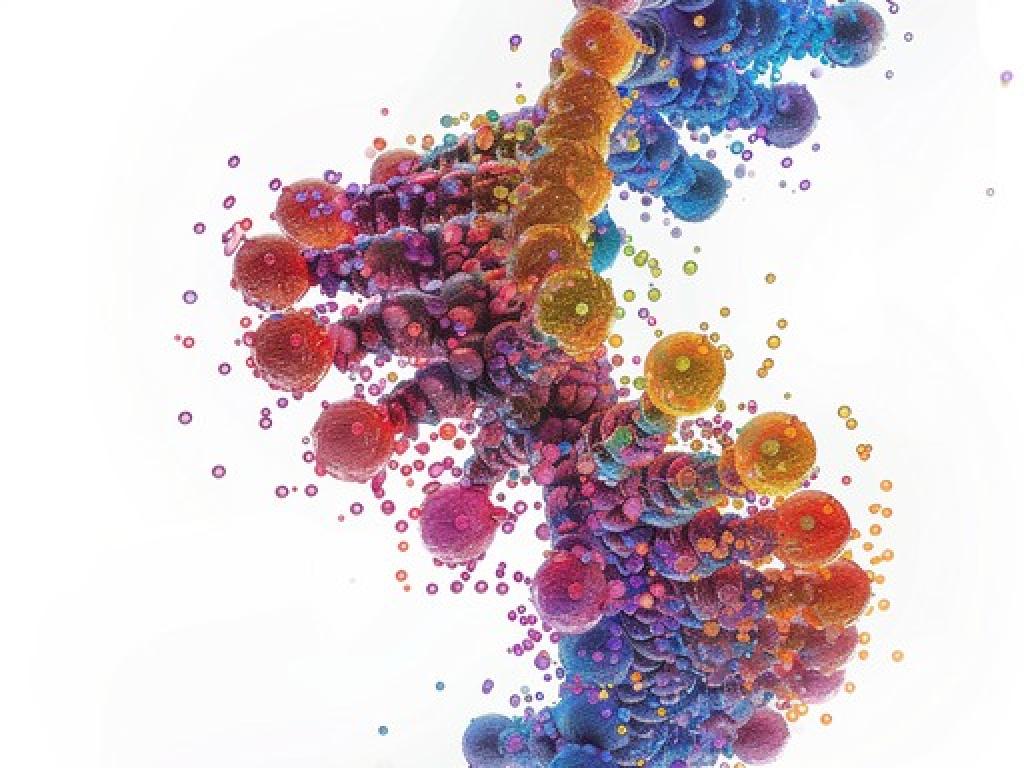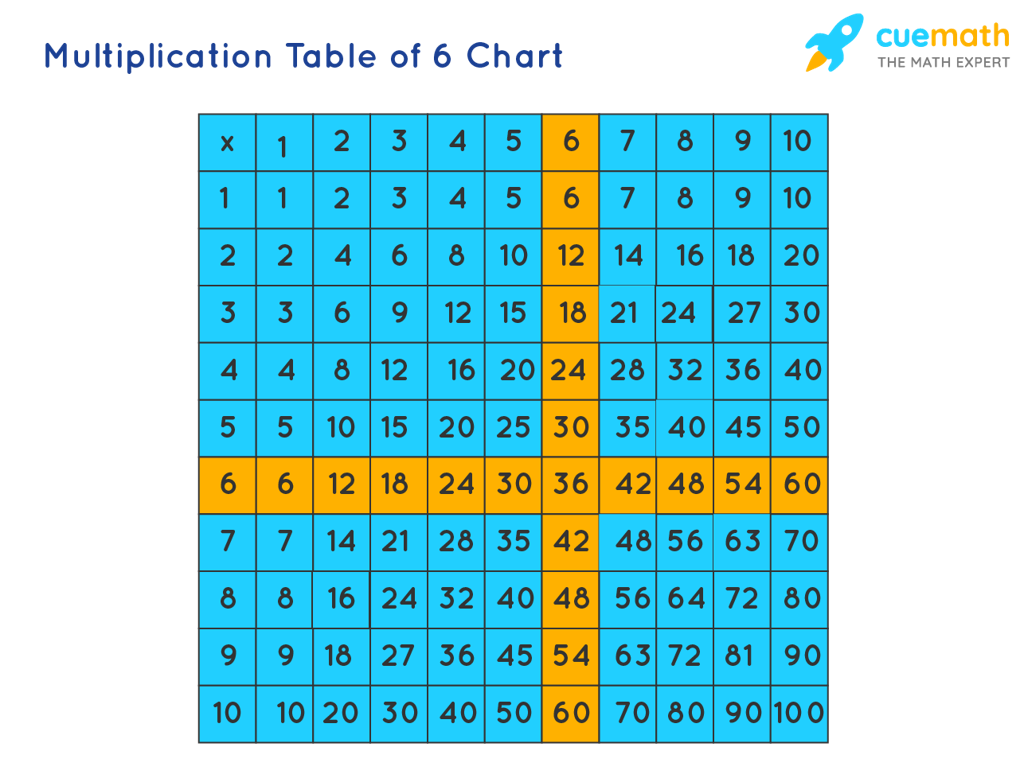Keynesian Approaches And Is-Lm
Subject: Economics
Grade: High school
Topic: Macroeconomics
Please LOG IN to download the presentation. Access is available to registered users only.
View More Content
Introduction to Macroeconomics: Keynesian Perspective
– Grasp the macroeconomic landscape
– Define Macroeconomics
– Study of economy-wide phenomena, including inflation, unemployment, and economic growth.
– Explore Keynesian Economics
– Keynesian theory emphasizes total spending in the economy and its effects on output and inflation.
– Relevance to modern economy
– Understanding Keynesian principles helps explain government policies during economic downturns.
|
This slide introduces students to the field of Macroeconomics from a Keynesian viewpoint. Begin by explaining the broad scope of macroeconomics, which includes the study of economic factors that affect countries, governments, and societies. Define macroeconomics as the branch of economics that deals with the performance, structure, behavior, and decision-making of an economy as a whole. Then, delve into Keynesian Economics, founded by economist John Maynard Keynes, which suggests that aggregate demand is influenced by a host of economic decisions both public and private and sometimes behaves erratically. The theory advocates for increased government expenditures and lower taxes to stimulate demand and pull the global economy out of depression. Conclude by discussing the relevance of Keynesian Economics in contemporary economic practices, particularly in how governments respond to financial crises.
Keynesian Economics Overview
– John Maynard Keynes’ influence
– British economist, author of ‘The General Theory of Employment, Interest, and Money’
– Core principles of Keynesianism
– Demand-driven growth, counter-cyclical policies, and the multiplier effect
– Government’s economic intervention
– Fiscal policy tools like spending and taxes to manage economic fluctuations
– Balancing the economy
|
This slide introduces students to Keynesian Economics, starting with the founder, John Maynard Keynes, a pivotal figure in modern economic theory. His work during the Great Depression challenged classical economics and emphasized the importance of aggregate demand for the overall economy. The core principles include the belief that government can positively influence the economy through active policy measures. These measures, especially fiscal policy, are used to mitigate the adverse effects of economic recessions and booms, aiming to stabilize the business cycle. The slide sets the stage for a deeper discussion on how these principles are applied in the IS-LM model, which illustrates the interaction between the goods market (IS curve) and the money market (LM curve) in an economy.
Keynesian Economics: Response to the Great Depression
– Economic turmoil in the 1930s
– The Great Depression caused widespread unemployment and deflation.
– Keynes’s revolutionary approach
– Keynes advocated for increased government expenditures and lower taxes to boost demand.
– Fiscal policy for stability
– Fiscal policy involves government spending and taxation to influence the economy.
– Government’s role in the economy
– Keynes suggested government intervention could help mitigate economic downturns.
|
This slide introduces students to the economic challenges of the 1930s, characterized by the Great Depression, and how John Maynard Keynes’s theories revolutionized economic thought. Keynes argued that during downturns, private sector demand often falls short, leading to unemployment and unused capacity. He proposed that the government could counteract this through active fiscal policy, using tools like government spending and tax policies to stabilize the economy. This marked a significant shift from the classical economic thought that markets are always clear and that economies are self-correcting. Students should understand the historical context of Keynes’s ideas and how they continue to influence economic policy today.
Aggregate Demand and Supply in Macroeconomics
– Define Aggregate Demand (AD)
– Total demand for goods and services in an economy at a given price level and time.
– Define Aggregate Supply (AS)
– Total supply of goods and services that firms in an economy plan on selling during a specific time.
– Interaction of AD and AS
– AD and AS curves intersect to determine price level and real GDP.
– Equilibrium in the economy
|
This slide introduces the fundamental concepts of Aggregate Demand and Aggregate Supply, which are crucial in understanding the Keynesian approach and the IS-LM model in macroeconomics. Aggregate Demand represents the total demand for all goods and services in an economy, while Aggregate Supply represents the total output of goods and services that firms are willing to sell, both at various price levels. Their interaction determines the overall price level and output in the economy, leading to an equilibrium state. It’s essential for students to grasp how shifts in AD and AS can affect economic indicators like inflation and unemployment. Examples such as government spending increasing AD, or technological advancements affecting AS, can be discussed to illustrate these concepts.
Introduction to IS-LM Model
– IS-LM Model Components
– Interaction of goods & money markets
– IS Curve Analysis
– Represents equilibrium in goods market
– LM Curve Analysis
– Represents money market equilibrium
– Equilibrium in the IS-LM Model
– Point where IS & LM curves intersect
|
The IS-LM model is a macroeconomic tool that depicts the relationship between interest rates and real output in the goods and services market and the money market. The ‘IS’ curve represents all points where the market for goods is in equilibrium (Investment = Savings). The ‘LM’ curve, on the other hand, represents the money market equilibrium (Liquidity preference = Money supply). The intersection of the IS and LM curves shows the general equilibrium where both the goods and the money markets are in balance. It’s crucial for students to understand that the IS-LM model is a simplification that helps economists predict how changes in monetary and fiscal policy will affect interest rates and output.
Understanding the IS Curve in Macroeconomics
– Exploring IS Relationship
– IS Curve represents equilibrium where investment equals savings.
– Factors shifting the IS Curve
– Changes in interest rates, fiscal policy, and consumer confidence can shift the curve.
– Real-world IS Curve shifts
– Economic recession may shift IS Curve left due to decreased investment and savings.
– Analyzing IS Curve dynamics
|
The IS Curve is a fundamental concept in Keynesian economics, representing the relationship between investment and savings in an economy at equilibrium. It’s crucial for students to understand that the IS Curve can shift based on various economic factors such as interest rates, fiscal policy, and overall consumer confidence. Provide examples of how an economic recession might lead to a leftward shift in the IS Curve due to decreased investment and savings. Conversely, economic expansion could shift it rightward. Encourage students to think critically about how current economic events might influence the IS Curve and to discuss these dynamics in class.
Understanding the LM Curve in Macroeconomics
– Exploring Liquidity-Money (LM) Relationship
– LM Curve represents the relationship between the liquidity preference and money supply.
– Factors shifting the LM Curve
– Changes in money supply, policy decisions, and economic shocks can shift the curve.
– Real-world LM Curve shifts
– Economic events like central bank interventions can cause the LM curve to shift.
– Implications of LM shifts
|
The LM Curve is a graphical representation of the market for money in which the interest rate is determined by the demand for and supply of money. It shows the combinations of interest rates and levels of real income for which the money market is in equilibrium. Factors that can shift the LM Curve include changes in the money supply, changes in the demand for money, and changes in the price level. Provide examples such as a central bank increasing the money supply, which shifts the LM Curve down/right, leading to lower interest rates and higher income. Discuss the implications of these shifts on the overall economy, such as the impact on investment and consumption. Encourage students to think critically about how current economic policies or events might influence the LM Curve.
Equilibrium in the IS-LM Model
– Determining equilibrium point
– Equilibrium where goods and money markets meet
– Intersection of IS and LM curves
– At intersection, economy is at income and interest rate balance
– Policy insights from IS-LM
– Fiscal and monetary policies can shift curves, affecting output and rates
– Economic stability and growth
|
The IS-LM model represents the intersection of the Investment-Savings (IS) curve with the Liquidity Preference-Money Supply (LM) curve, indicating macroeconomic equilibrium. At this point, the goods market and the money market are in balance, with equilibrium levels of interest rates and output. Understanding this intersection allows economists to predict how fiscal (government spending and taxes) and monetary (central bank interventions) policies can influence the economy. For instance, an increase in government spending shifts the IS curve right, potentially lowering interest rates and increasing output. Conversely, tightening the money supply shifts the LM curve left, possibly raising interest rates and lowering output. This slide should help students grasp the dynamic interaction between markets and policy within the Keynesian framework.
IS-LM in Action: Fiscal and Monetary Policy
– Predicting fiscal policy with IS-LM
– How government spending and taxes shift the IS curve
– Predicting monetary policy with IS-LM
– How changes in money supply shift the LM curve
– Case studies of policy decisions
Examples: Post-2008 stimulus, recent interest rate changes
– Interpreting policies via IS-LM
|
This slide aims to illustrate the practical application of the IS-LM model in understanding the impact of fiscal and monetary policies. Students should learn how fiscal policy, involving changes in government spending and taxation, can shift the IS curve, affecting national income and interest rates. Similarly, they should understand how monetary policy, through altering the money supply, shifts the LM curve, influencing liquidity and interest rates. By examining real-world case studies, such as the economic stimulus after the 2008 financial crisis or recent central bank interest rate adjustments, students can see how these theoretical models are applied to actual policy decisions and their economic outcomes.
Class Activity: IS-LM Economic Simulation
– Divide into groups for simulation
– Simulate different economic scenarios
– Consider scenarios like changes in government spending, taxes, or interest rates
– Analyze effects on IS-LM model
– How do these changes shift the IS or LM curve?
– Present findings to the class
|
This class activity is designed to help students understand the Keynesian IS-LM model in a practical, hands-on way. By dividing the class into small groups, each group will simulate different economic scenarios, such as a change in fiscal policy or monetary policy, and observe how these changes affect the equilibrium in the goods and money markets represented by the IS and LM curves. Students should use their knowledge of the model to predict and analyze the shifts in the curves and the resulting new equilibrium. After the simulation, each group will present their scenario, the changes they applied, and the effects observed on the IS-LM model. This will foster a deeper understanding of macroeconomic policy interactions and their impact on the overall economy. Possible scenarios for simulation include an increase in government spending, a tax cut, or a change in the central bank’s interest rate. Encourage creativity and ensure that each group understands the theoretical underpinnings of their simulation.





